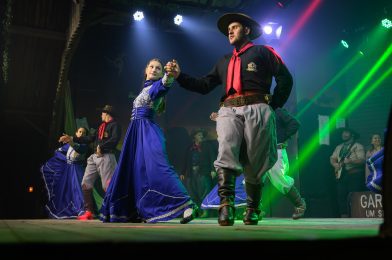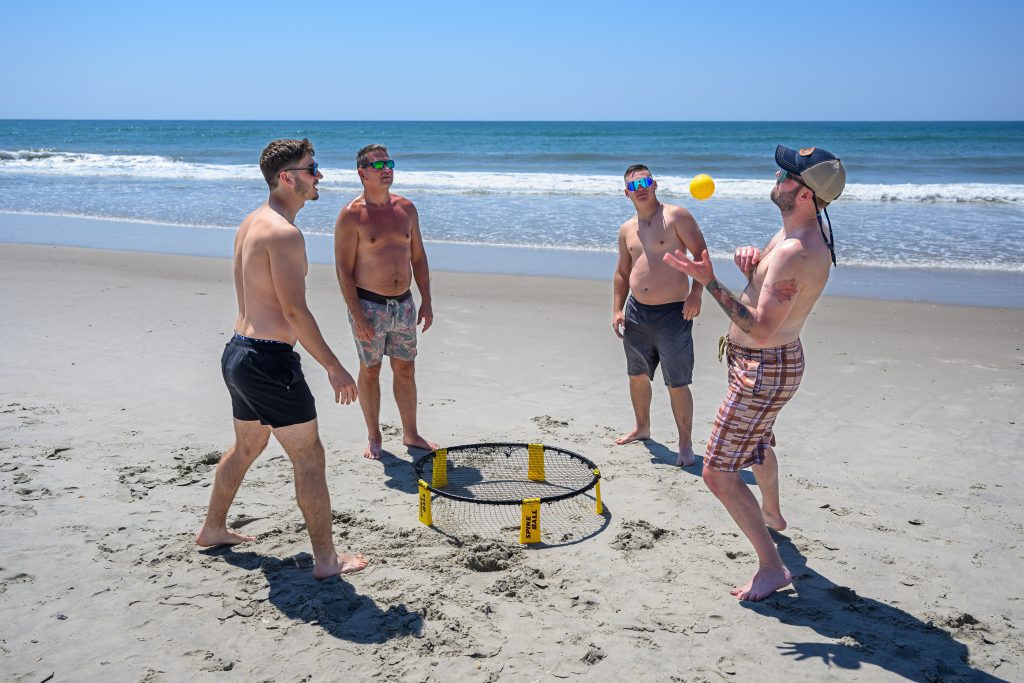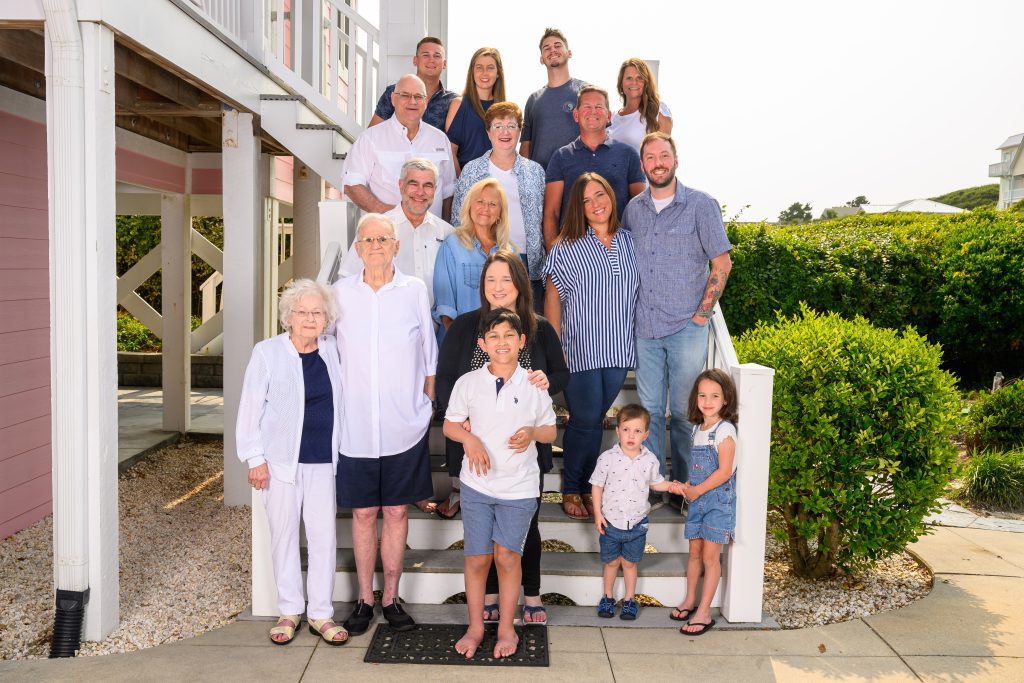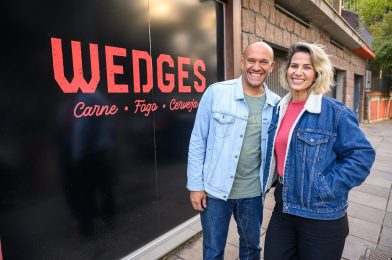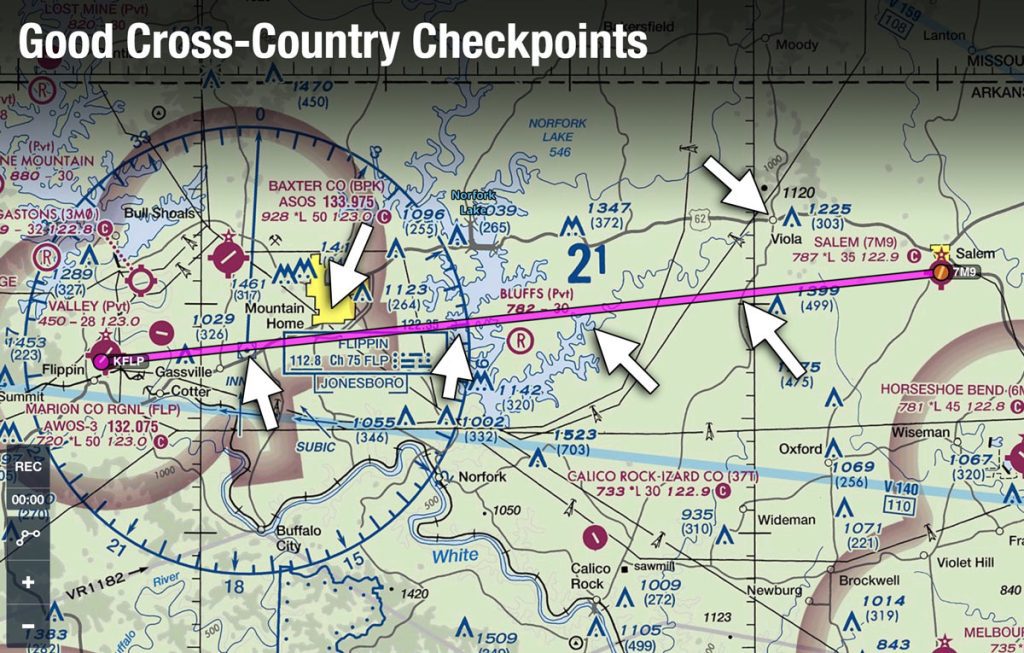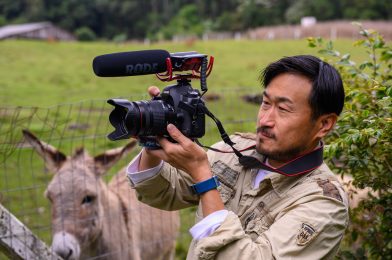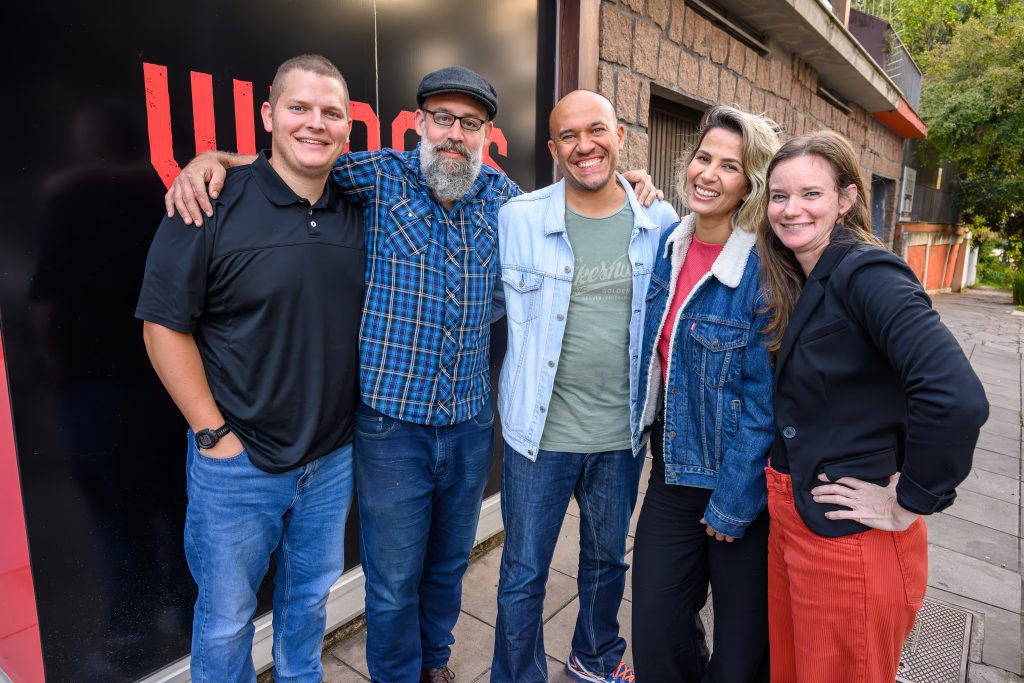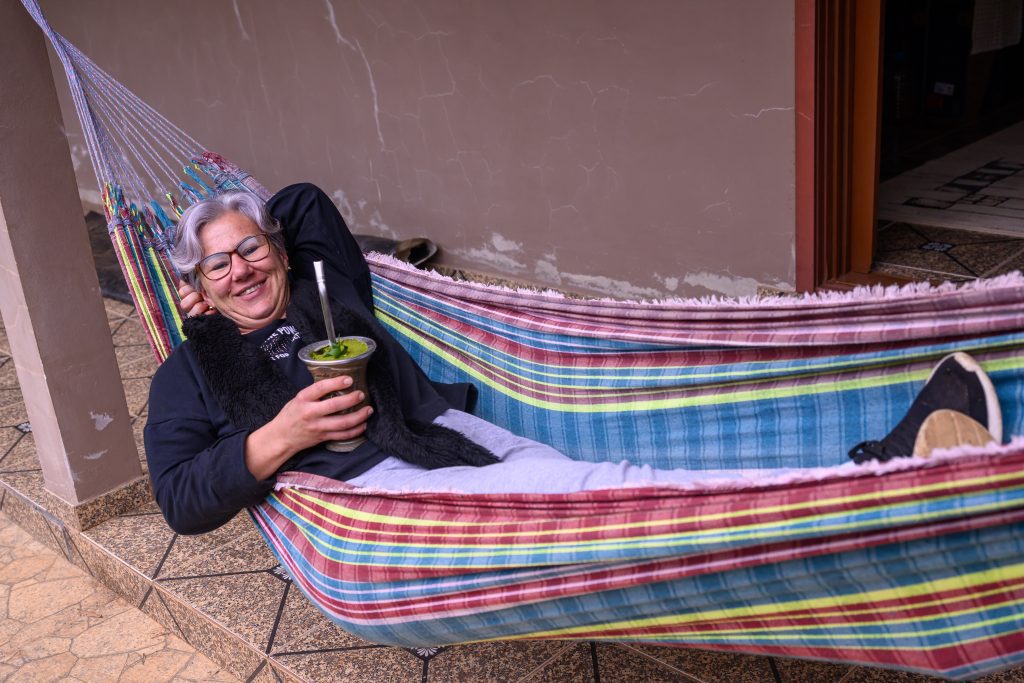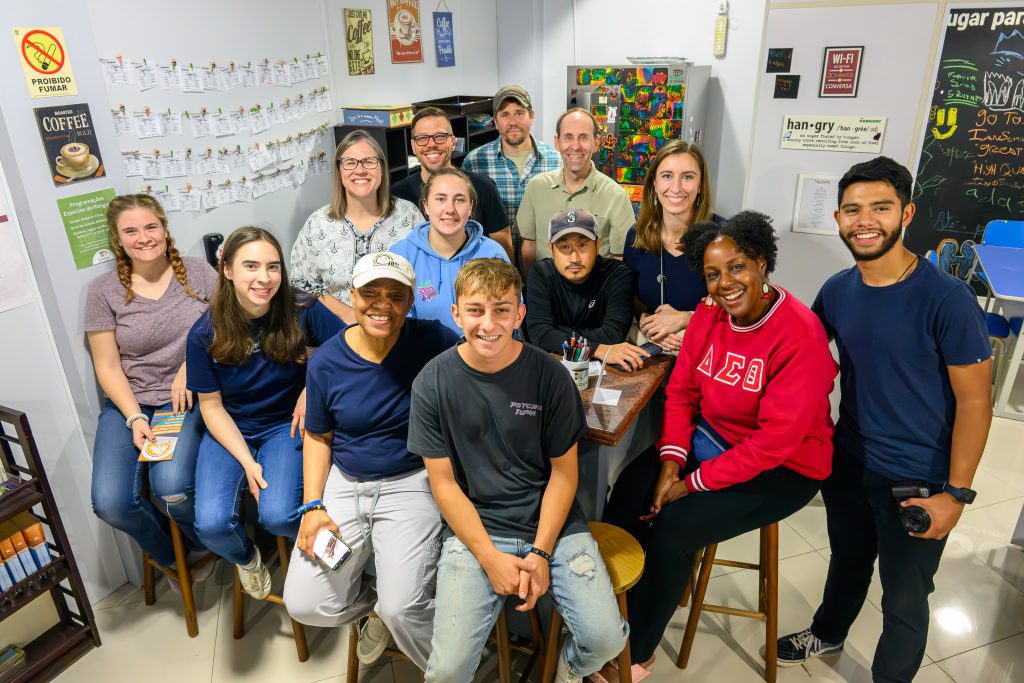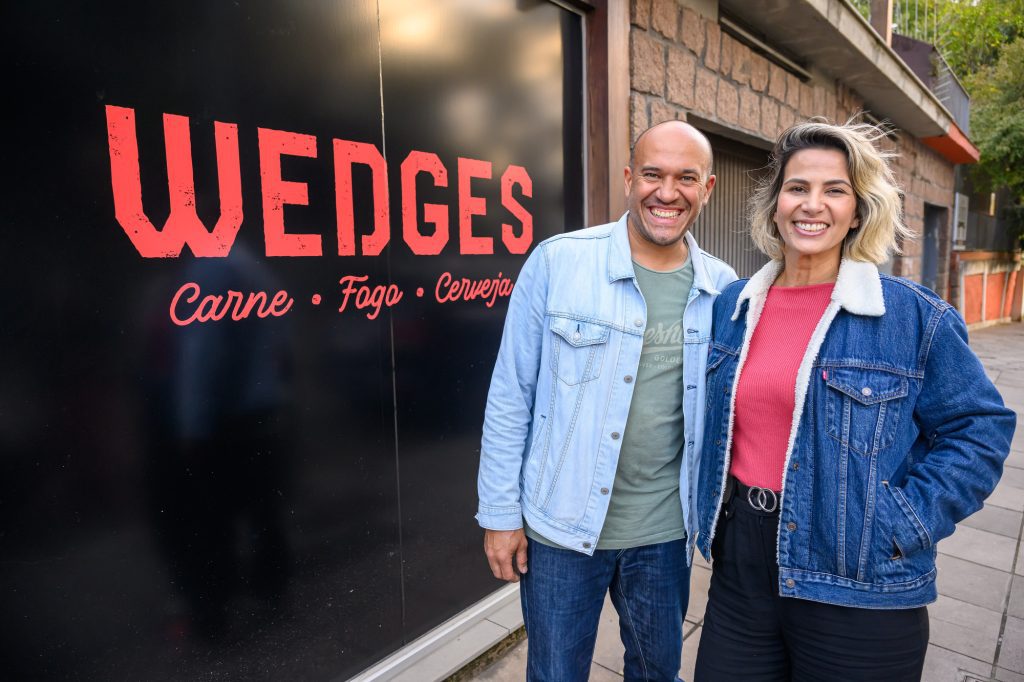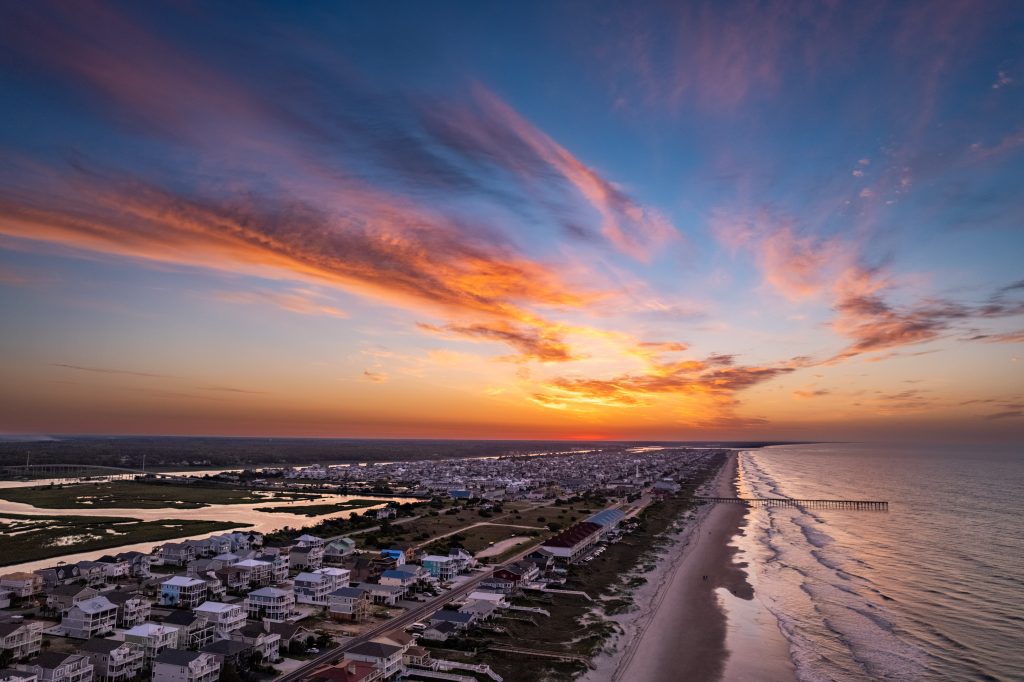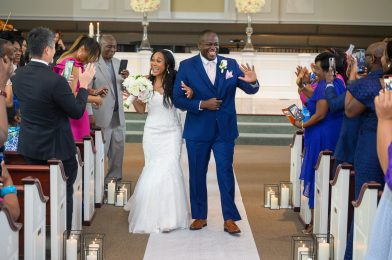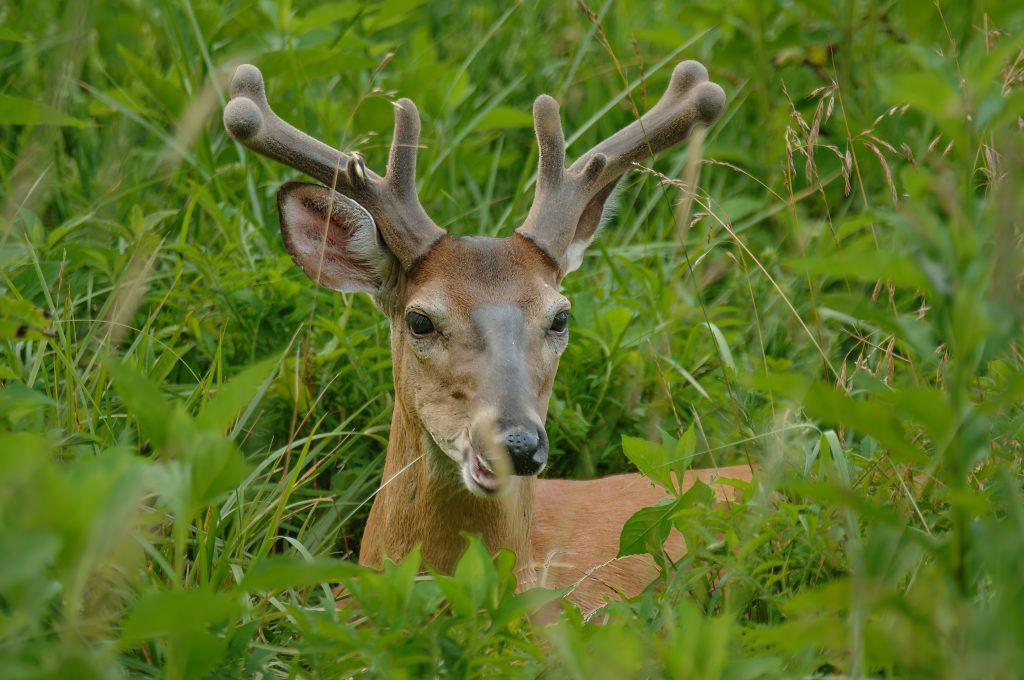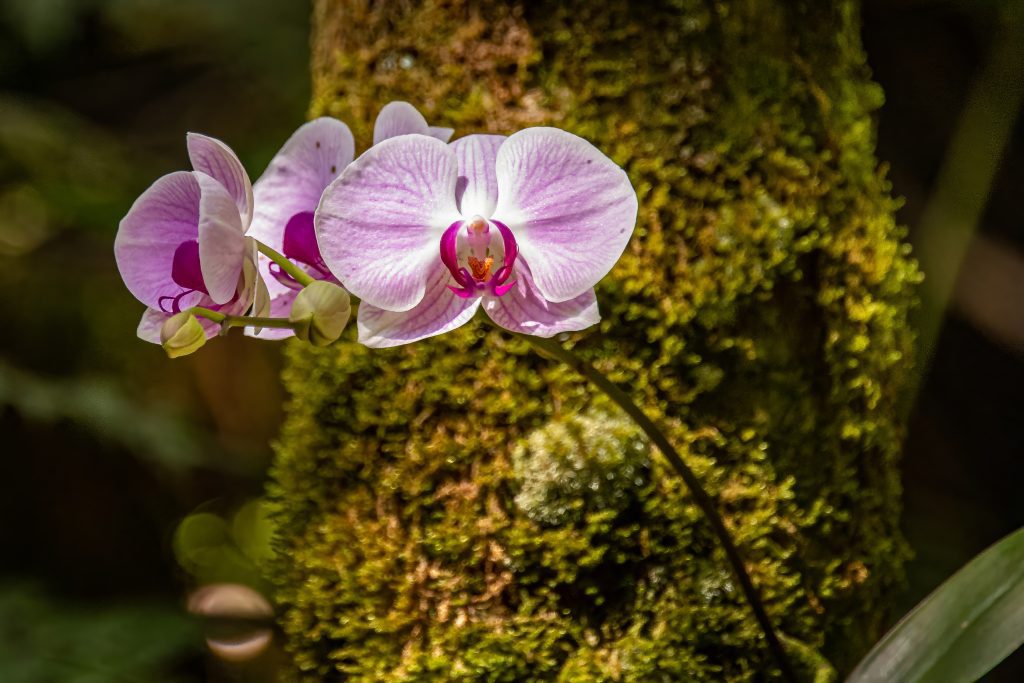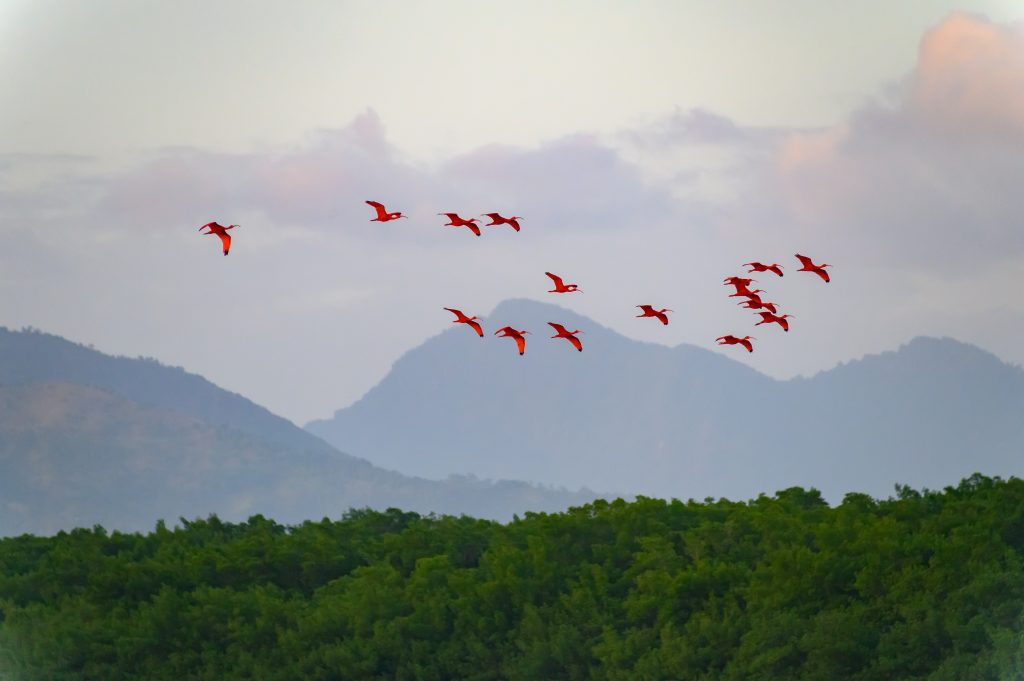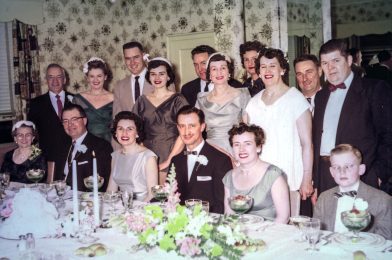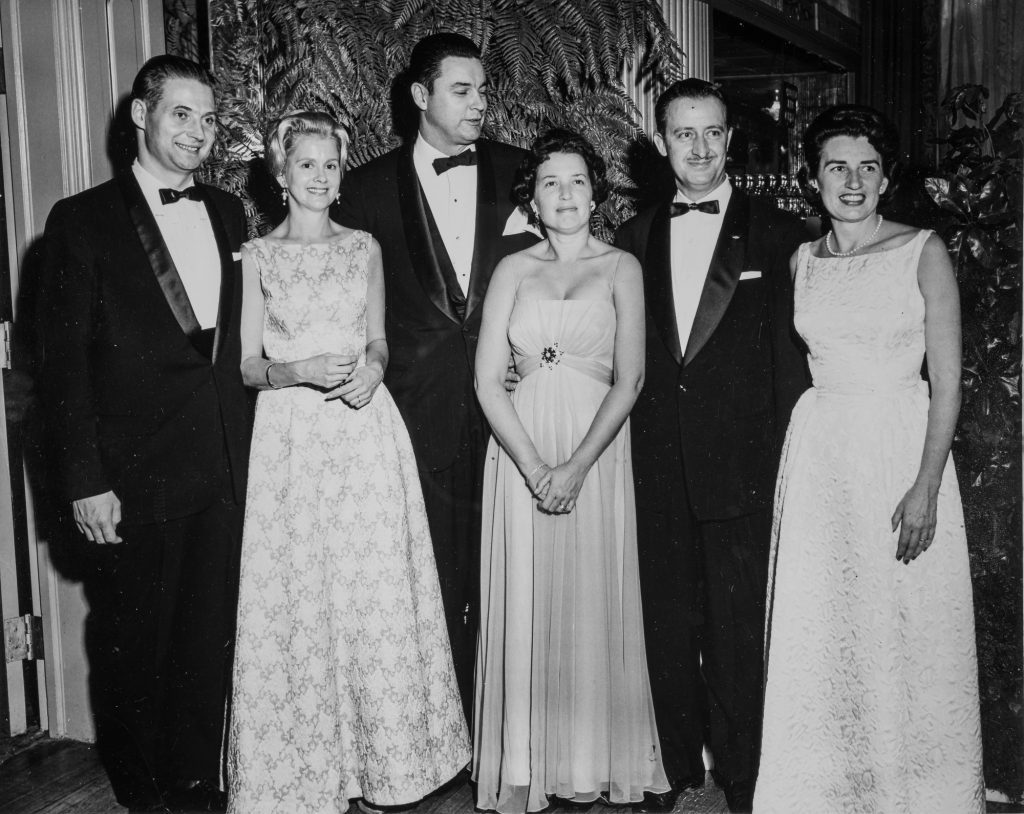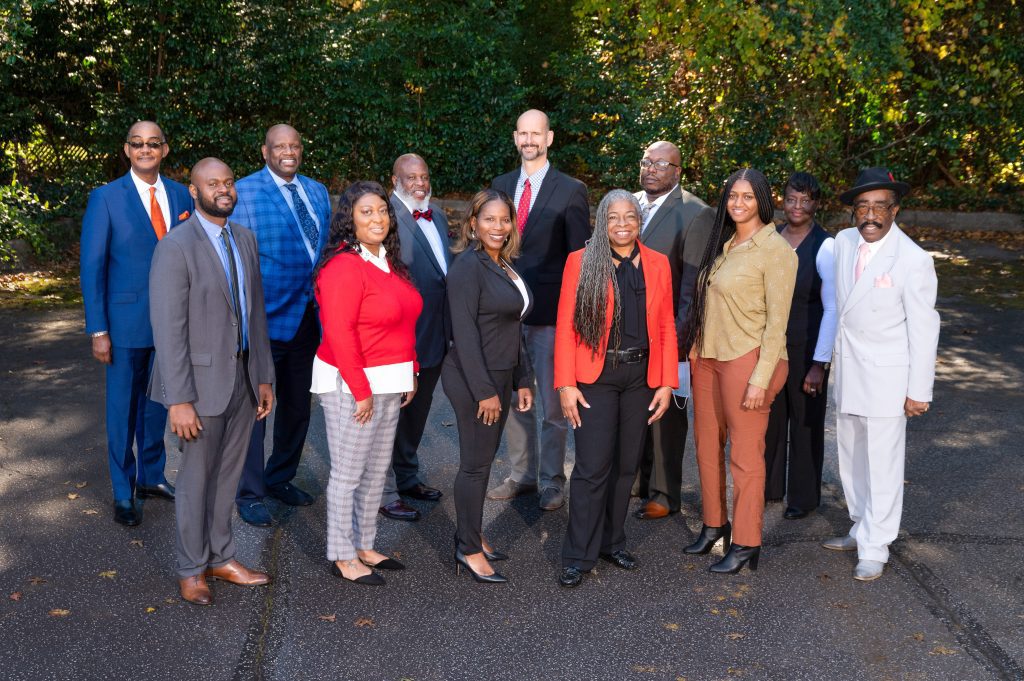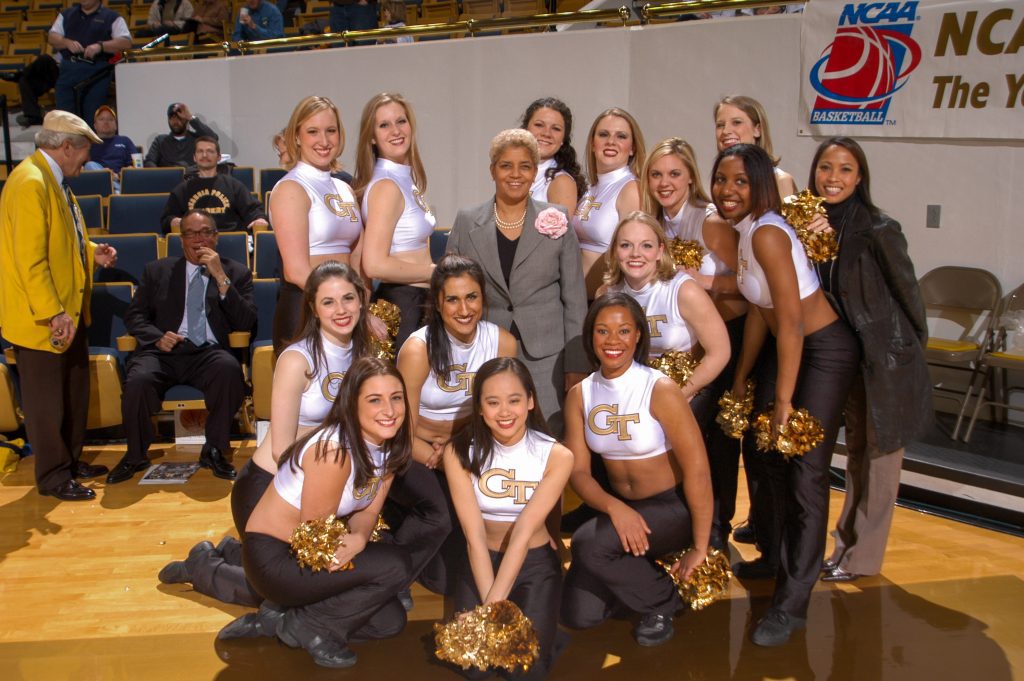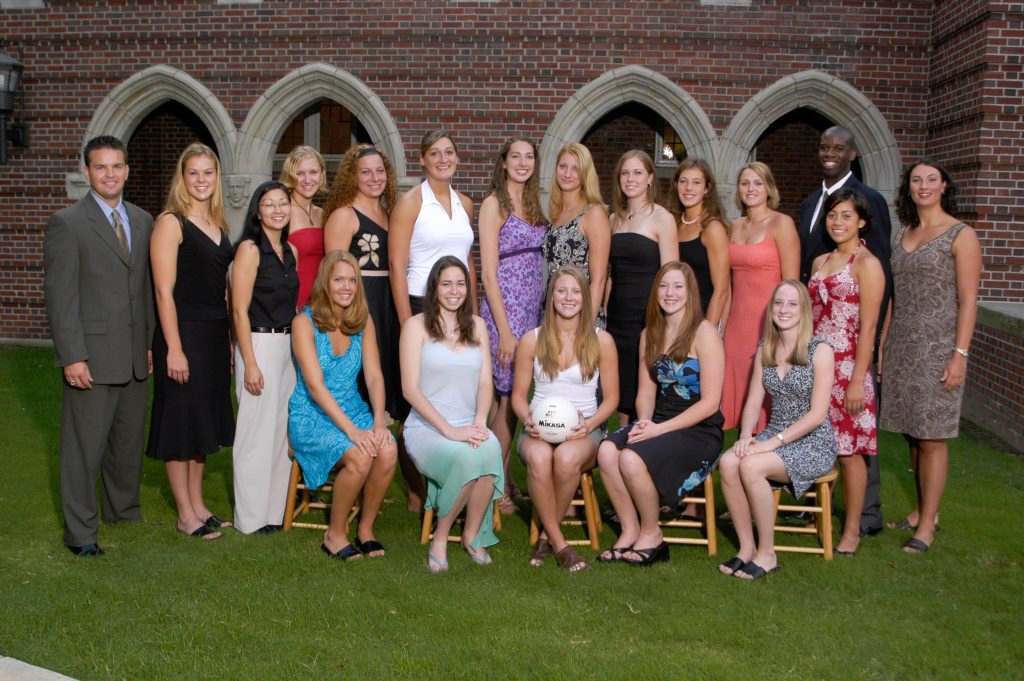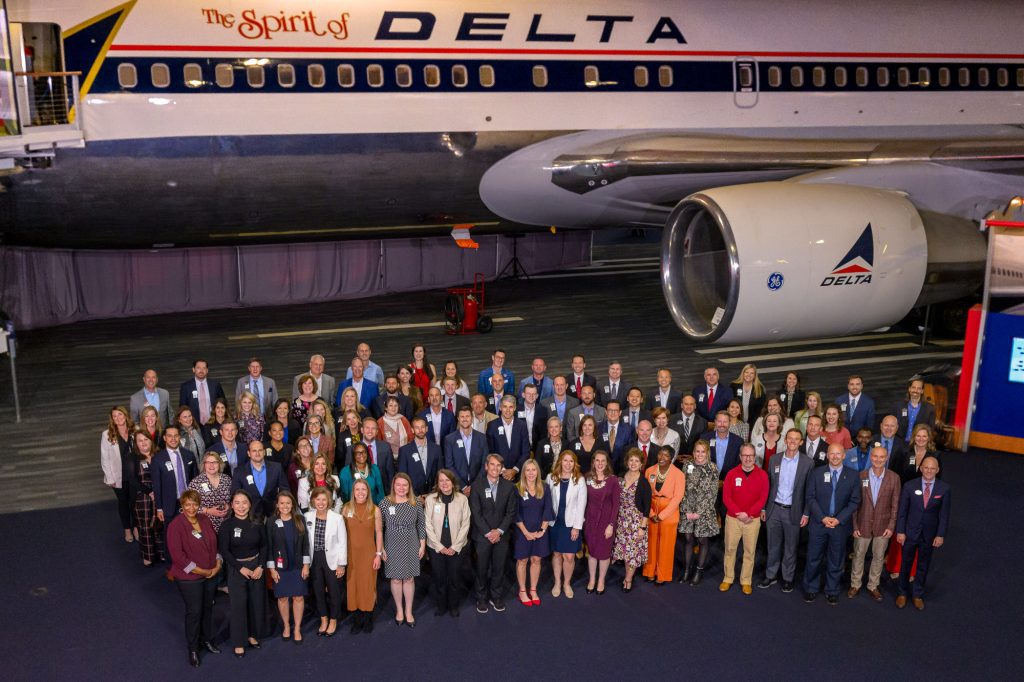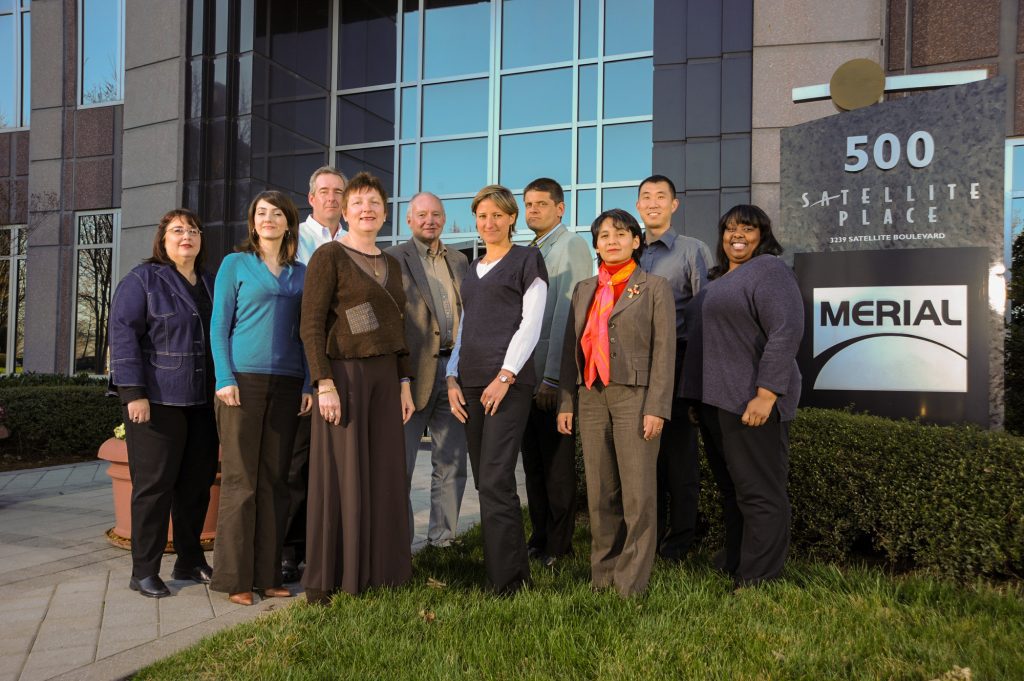Introduction:
Welcome to our blog, where we dive into the incredible impact storytelling can have on connecting with your audience on a deeper level. In this post, we’ll share insights from our recent experience hosting the Storytellers Abroad Multimedia Missions Workshop in Brazil, highlighting the importance of crafting compelling narratives that engage both the heart and the head of your listeners.
You are crafting Stories That Resonate:
One crucial lesson we learned during the workshop was the significance of starting with the audience when shaping your story. By understanding who your listeners are, you can create a narrative that truly resonates with them, evoking genuine emotions and capturing their attention. During our time in Brazil, you allowed us to share stories of individuals profoundly impacted by missionaries, inspiring action and making a difference in the lives of others.
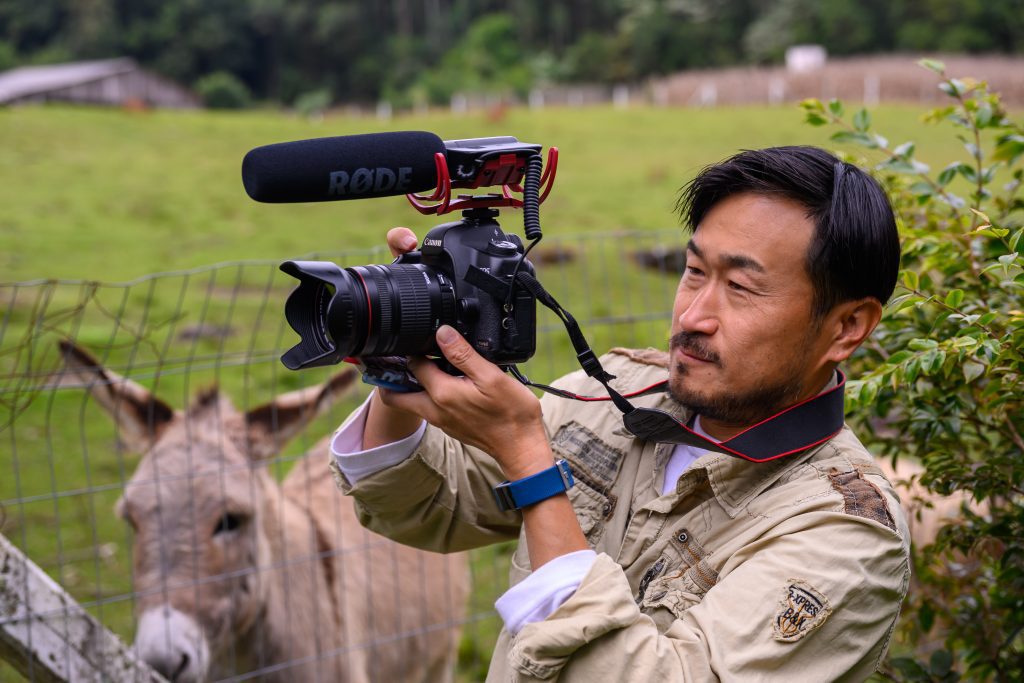
The Elements of an Impactful Story:
To ensure our stories were compelling, we delved into the individuals’ lives, asking thought-provoking questions and understanding each element necessary for a captivating narrative. We discovered that incorporating the following elements creates narratives that genuinely resonate with your audience:
- Introduction: Introduce your characters and set the stage for the story.
- Conflict: Present the challenges or obstacles that your characters face.
- Development: Show the journey of personal growth or transformation your characters undergo.
- Resolution: Provide a satisfying answer to the conflict, demonstrating the positive outcomes or lessons learned.
- Call to Action: Engage your audience by clearly communicating what you want them to do or how they can get involved.
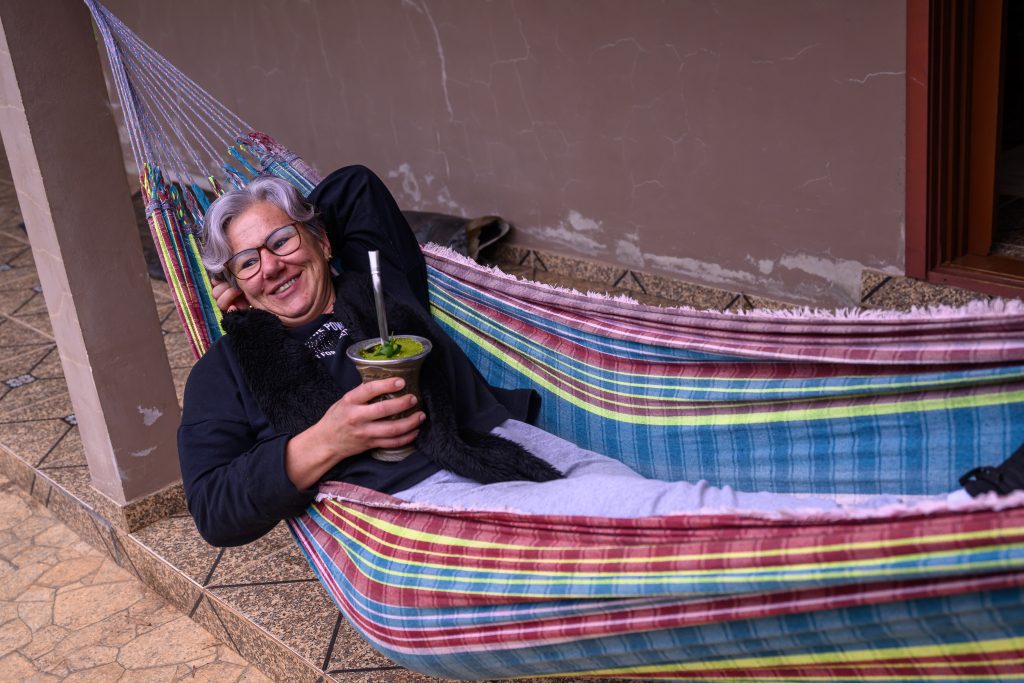
The Importance of Clarity and Coherence:
It’s crucial to emphasize that if any of these storytelling elements are not transparent or effectively conveyed, the audience will likely be lost along the storyline. A well-crafted narrative should guide the listeners through a seamless journey, capturing their attention and maintaining their engagement from beginning to end. Without a clear understanding of the characters, conflicts, development, and resolution, the audience may become disoriented and disconnected from the story’s purpose. As a result, the call to action will be brushed aside, hindering the desired impact and potential outcomes.
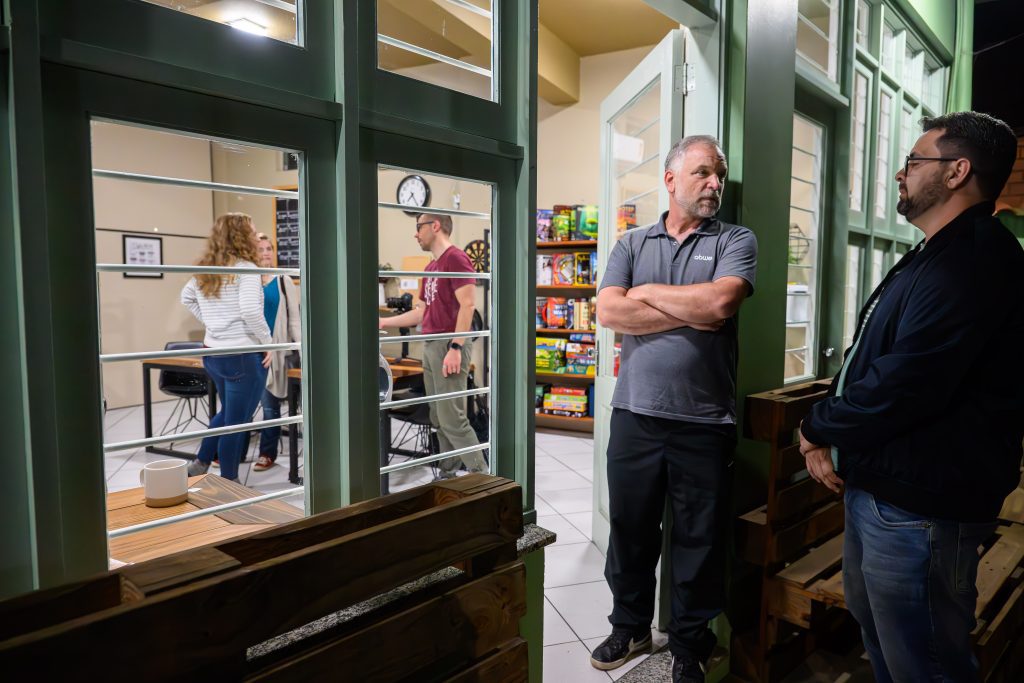
Embrace the Power of Storytelling:
We encourage you to embrace the power of storytelling in your endeavors. Whether you are presenting a new product, seeking support for a cause, or sharing your journey, stories can captivate and connect people profoundly. By incorporating the essential elements of storytelling and ensuring clarity and coherence, you can effectively engage your audience, leaving them inspired, informed, and motivated to take action.
Connect with Us:
Please get in touch with us if you’d like to learn more about storytelling or explore how we can help you craft compelling narratives for your business or organization. We would be delighted to assist you in your storytelling journey.
Thank you for reading, and we look forward to witnessing the transformative power of your stories.

